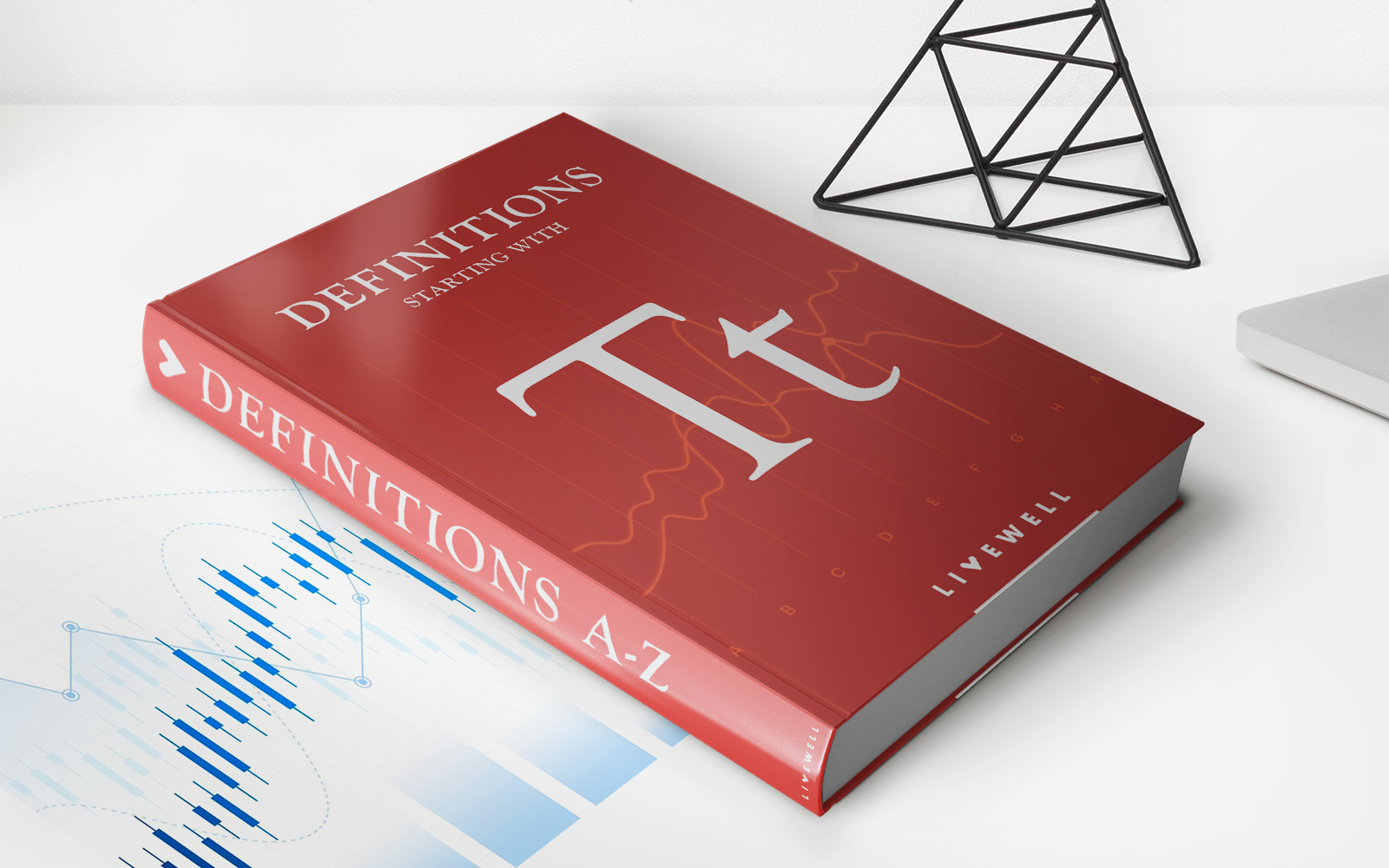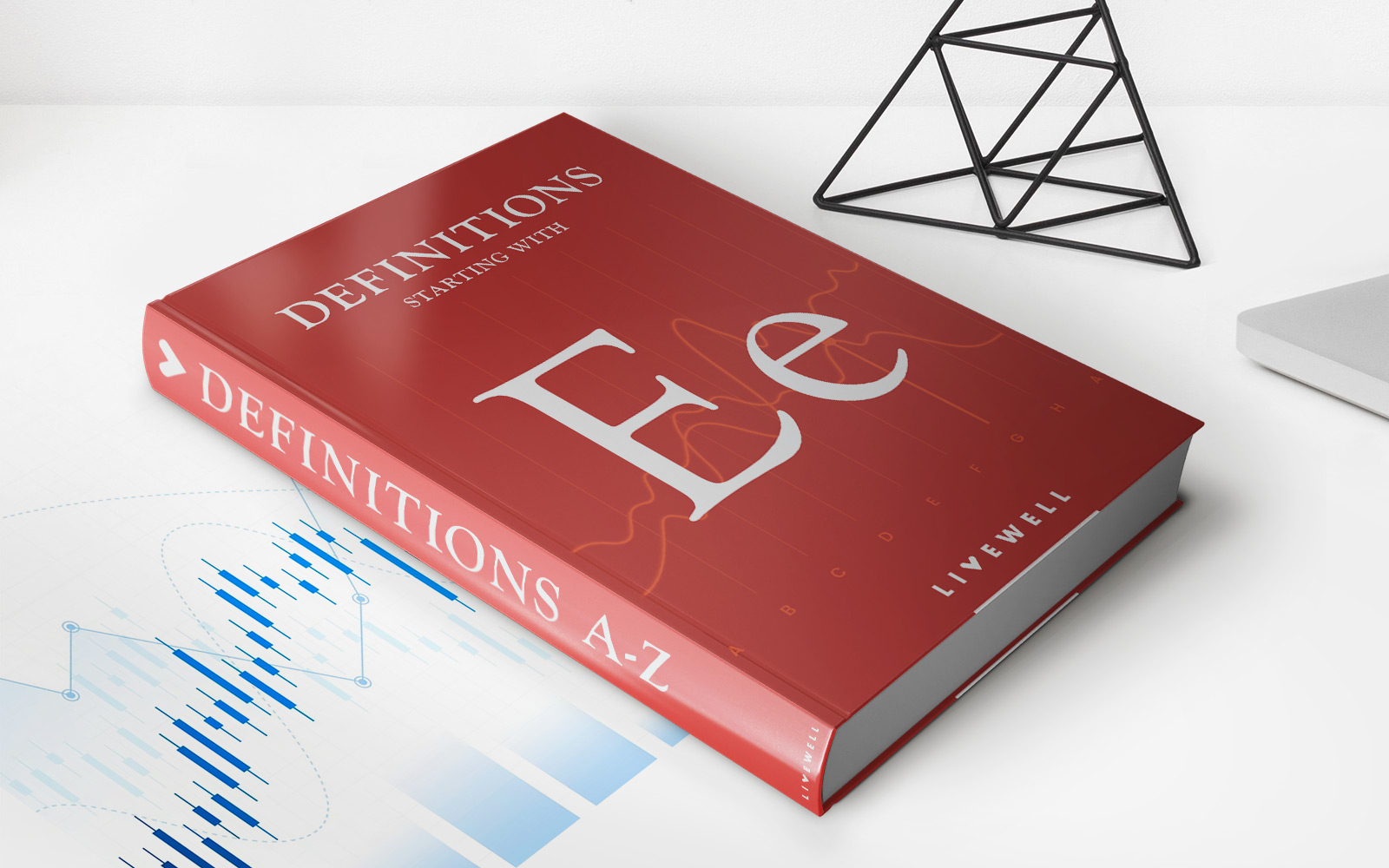Home>Finance>What Is Underlying? Definition, Meaning, Pros, Cons, And Example


Finance
What Is Underlying? Definition, Meaning, Pros, Cons, And Example
Published: February 13, 2024
Discover the meaning and definition of underlying in finance, along with its pros, cons, and examples. Expand your knowledge of this essential concept in the financial industry.
(Many of the links in this article redirect to a specific reviewed product. Your purchase of these products through affiliate links helps to generate commission for LiveWell, at no extra cost. Learn more)
What Is Underlying? Definition, Meaning, Pros, Cons, and Example
If you’re someone interested in the world of finance, you may have come across the term “underlying” at some point. But what exactly does it mean? In this blog post, we’ll delve into the definition, meaning, pros, cons, and provide an example to help you better understand this concept. So, let’s dive in!
Key Takeaways:
- The underlying refers to the primary asset or security on which derivatives are based.
- It helps determine the price and value of options, futures, and other derivative contracts.
So, what exactly is the underlying? In finance, the term “underlying” is used to describe the primary asset or security on which derivatives are based. Derivatives are financial contracts that derive their value from an underlying asset. Examples of derivatives include options, futures contracts, and swap agreements.
Now, let’s take a closer look at the pros and cons of the underlying concept:
Pros of Underlying:
- Diversification: One of the major advantages of using underlying assets is the ability to diversify your investment portfolio. By investing in different underlying assets, you can spread out your risk and potentially enhance your returns.
- Liquidity: Underlying assets such as stocks, bonds, or commodities are generally more liquid compared to derivative contracts. This liquidity allows investors to easily buy or sell the underlying asset as needed.
- Opportunity for Profits: Understanding the underlying asset can provide insight into its potential future movements. This knowledge can be beneficial for traders looking to profit from price fluctuations in the underlying market.
Cons of Underlying:
- Volatility: Just as the underlying market can offer opportunities for profits, it can also be volatile. Price fluctuations in the underlying asset can lead to potential losses for investors.
- Complexity: Derivative contracts based on underlying assets can be complex and require a thorough understanding of the underlying market. This complexity may not be suitable for all investors.
- Market Risk: Investing or trading in underlying assets exposes investors to market risk. Factors such as economic conditions, geopolitical events, or regulatory changes can impact the value of the underlying asset.
Now that we’ve explored the pros and cons, let’s look at an example to better illustrate the concept of the underlying:
Imagine you are considering investing in options contracts based on a particular stock. The stock, in this case, is the underlying asset. The value and price of the options contracts will fluctuate based on the performance of the underlying stock. Understanding the factors that can impact the stock’s value, such as company earnings, market trends, or news events, will help inform your investment decisions.
In conclusion, the concept of underlying plays a crucial role in the world of finance. It helps determine the price and value of derivative contracts, offering opportunities for diversification and potential profits. However, it’s important to be aware of the associated risks and complexities involved. By understanding the underlying assets and the factors that can impact their value, investors can make more informed decisions in the financial markets.
We hope this blog post has shed some light on the meaning and significance of the underlying concept. Feel free to explore our other finance-related articles for more valuable insights!














